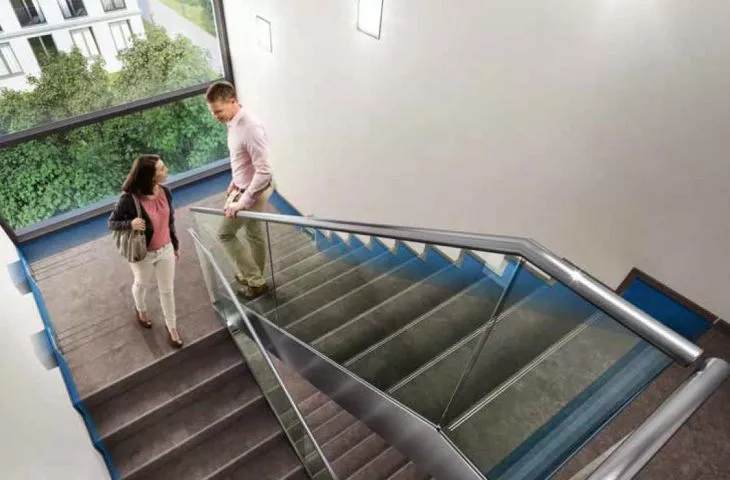Sound attenuation in the interiors of designed buildings
In the course of design and implementation, designers and investors emphasize issues related to the thermal performance of the designed buildings. Thermal imaging studies are often commissioned to verify the thermal quality of the completed building. Acoustic requirements in design and implementation were often overlooked and receded into the background - they were not treated equivalently to thermal requirements. Acoustic standards in Poland were not rigorously enforced. There was and still is no obligation to perform acoustic measurements at the stage of building acceptance works. At the present time, however, acoustic issues, especially protection against noise and vibration, have taken on special importance.
With rapidly developing building material technology, better quality construction and increasingly better sound insulation of the envelope protecting us from external noise, it is increasingly interior noises that are becoming a source of disturbance. Noises coming from the building at lower background noise levels are perceived much more strongly than before. This is one of the reasons why the topic of soundproofing is becoming increasingly important, both for occupants and investors.
Designers should pay particular attention to the noise generated in stairwells, as this is where it is a frequent source of contention. Overlooking sound insulation often leads to complaints from apartment owners, which can result in the need for difficult and costly repairs. The repair carried out will not always bring the staircase structure up to the acoustic parameters required by the Polish Standards. That is why it is so important to consciously design with acoustic insulation requirements in mind.
Requirements for acoustic insulation are regulated in the Technical conditions to which buildings and their location should conform and PN-B-02151-3:2015. The standard specifies the permissible level of impact sound that can penetrate into the protected room. For example, for multi-family buildings and hotels, the permissible level of impact sounds penetrating into apartments from general communication rooms (corridors, halls, landings) cannot exceed the value L'nw<55dB.
Quiet stairs with the Schöck Tronsole® system
© Schöck
What is the Schöck Tronsole® system?
The Schöck Tronsole®system is designed to dampen impact sounds, which are a type of structure-borne sound created when a structural element, such as a landing or stair run, is stimulated to vibrate during use. The Schöck Tronsole® system was made on the basis of tests carried out in accordance with the provisions of DIN 7396, and all system components have ITB Approvals. The Schöck Tronsole® system is designed to dampen impact noise on any staircase. Schöck Tronsole® can be used on both monolithic and prefabricated stairs.
Schöck Tronsole® system components
Based on the place of application:
- T-type - element used to acoustically separate stair runs (monolithic/prefabricated) from the landing or floor slab;
- Type F - element used for acoustic separation of prefabricated stair treads from the rest or floor slab;
- Q-type - used for acoustic separation of a flight of interlocking stairs from the staircase walls;
- Z-type - is used to separate monolithic/prefabricated landings from staircase walls;
- Type B - is used for acoustic separation of the staircase (monolithic/refabricated) from the foundation slab/ceiling;
- L-type - is used to fill the gaps without acoustic bridges between the run/joist and the walls of the staircase.
Complete acoustic insulation system
Optimum damping of impact sounds is only effective if a complete Schöck Tronsole® system is used, taking into account all the elements and connections present in the staircase. The sound insulation system allows us to separate the staircase on all sides to eliminate all acoustic bridges. Only the use of the complete system will guarantee that we meet the standard requirements in force in Poland.
***
Increasing awareness among investors and contractors of the acoustic requirements for construction elements means that acoustic issues are increasingly respected in the Polish construction market. For residents, acoustic comfort provides adequate conditions for rest and regeneration after a busy day. For developers, providing acoustic comfort increases the value of real estate.
For more information, visit the company's SCHÖCK Sp. z o.o. page on the A&B portal.


















